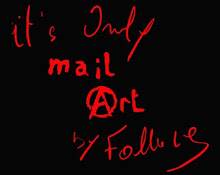
“This work was done as a way of collaborating to the expression of repudiation of what was to be called “la mañana de los cepillos” (“the paintbrush morning”), when students of the School of Art in Quilmes were attacked by a group of town councilors and evicted from the building.” PHALANX:
In its first stage, from the 7th century BC to the Peloponnesian war at the end of the 5th century BC, the phalanx is formed by the Greek polis citizens who combat to defend their city and their social status. The idea of phalanx in itself is not only military, but an expression of egalitarian community. Those who could stand out from the rest in combat stepping out of the row, put their life in danger, since they do not have anybody to project their sides, but at the same time they put the whole phalanx at risk having made a whole through which it could be damaged. There was no room for individual and heroic combat like those narrated by Homer. Horacio Dowbley
In its first stage, from the 7th century BC to the Peloponnesian war at the end of the 5th century BC, the phalanx is formed by the Greek polis citizens who combat to defend their city and their social status. The idea of phalanx in itself is not only military, but an expression of egalitarian community. Those who could stand out from the rest in combat stepping out of the row, put their life in danger, since they do not have anybody to project their sides, but at the same time they put the whole phalanx at risk having made a whole through which it could be damaged. There was no room for individual and heroic combat like those narrated by Homer. Horacio Dowbley

